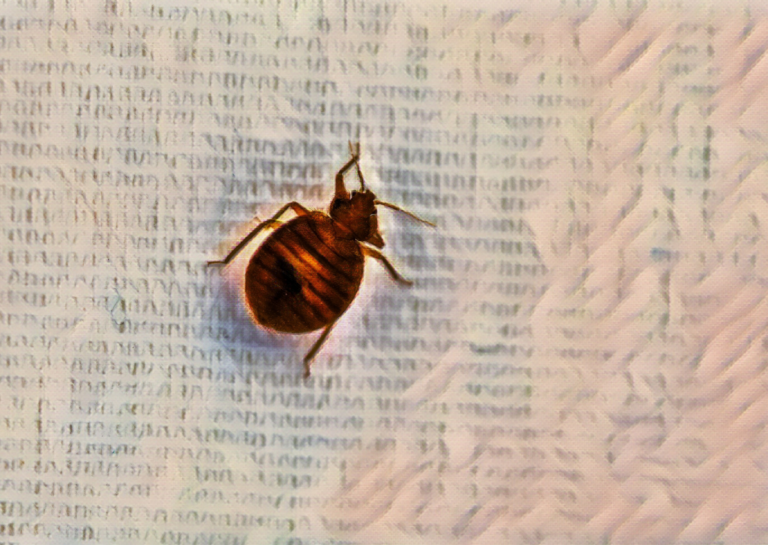Overview
Bed bugs are small, reddish-brown insects that feed on the blood of humans and animals. They are about the size of an apple seed and are visible to the naked eye. They are known for their ability to hide in small crevices and for their nocturnal feeding habits. Bed bugs are not known to transmit diseases, but their bites can cause itchy, red welts and an allergic reaction in some people.
Bed bugs are a growing concern in homes, apartments, hotels, and other places where people sleep. Children are particularly vulnerable to bed bug infestations because they often spend a lot of time in close proximity to beds and other furniture where bed bugs hide.
Symptoms
Bed bug bites are the most common symptom of an infestation. The bites are small, red, and itchy and are often found in a line or cluster on exposed skin. Some people may not show any symptoms at all, while others may have an allergic reaction to the bites.
Other symptoms of a bed bug infestation include finding small, reddish-brown bugs or their shed skins in the seams of mattresses or furniture, a musty odor in the room, and blood spots on sheets or mattresses from squashed bugs.
Causes
Bed bugs are commonly found in places where people sleep or sit for long periods of time, such as beds, sofas, and chairs. They can also be found in other places such as airports, movie theaters, and public transportation. Bed bugs can also be brought into the home by bringing in used furniture, clothing or bags from infested areas, or by travelling to infested areas.
Bed bugs are able to survive for long periods of time without feeding, so they can be difficult to eliminate once they have infested an area. They can also reproduce rapidly, which makes infestations difficult to control.
Treatment
The first step in treating a bed bug infestation is to identify the source of the problem. This may involve inspecting furniture, clothing, and other items for signs of infestation. Once the source of the infestation has been identified, it is important to remove the bugs and their eggs as quickly as possible.
The most effective way to eliminate bed bugs is to hire a professional exterminator. Exterminators use specialized equipment and chemicals to kill bed bugs and their eggs. They may also use heat treatments or vacuum cleaners to remove bugs and eggs.
Prevention
Preventing a bed bug infestation is the best way to avoid the problems associated with these pests. Some steps that can be taken to prevent infestations include:
- Regularly inspecting furniture and other items for signs of infestation
- Vacuuming and dusting regularly to remove bugs and eggs
- Using bed bug-proof covers on mattresses and box springs
- Keeping clutter to a minimum to make it easier to spot bed bugs
- Avoiding bringing used furniture or other items into the home
- Checking for bed bugs when travelling and taking precautions to avoid bringing them home
Citations
- Bed Bugs. (n.d.). Centers for Disease Control and Prevention. Retrieved from https://www.cdc.gov/parasites/bedbugs/index.html
- Bed Bugs. (n.d.). Environmental Protection Agency. Retrieved from https://www.epa.gov/bed-bugs
